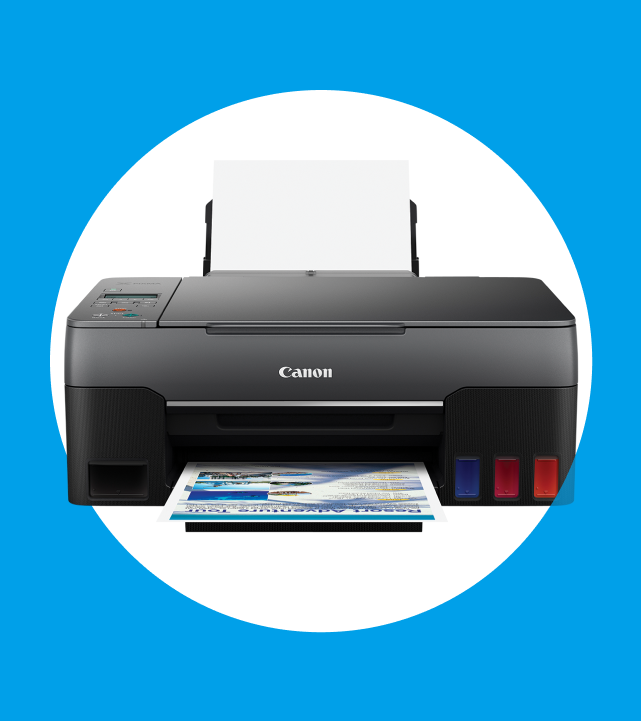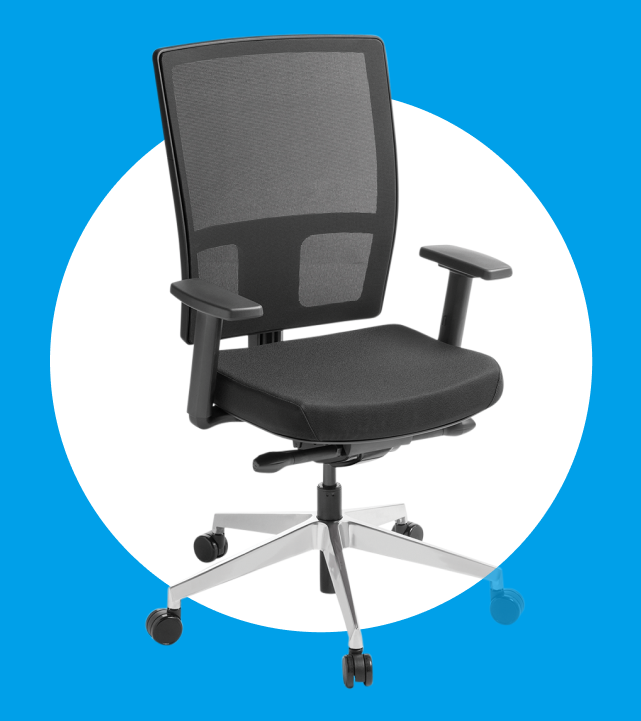THE POCKET COMMUNICATION GUIDE
for Your Millennial Employees
Executive Overview
If you are reading this eBook, then you are seeking ways to improve internal and external communication strategies for your Millennial employees. Millennials (sometimes referred to as Generation Y¹) were born between the early 1980s and 2000 and are the first generation to mature in the age of the Internet. Those younger employees bring new enthusiasm and new approaches to business, but their communication style differs. Instead of handshakes, meetings, and phone calls made during an 8:00-to-5:00 workday, Millennials use social media, texting, email, chat, and intranet software to address business issues 24/7.
The Millennials’ communication style has evolved online, which is creating new challenges for today’s businesses. The digital generation is driving new forms of business communication, but their older coworkers and your customers are still catching up, so your challenge is to find a way to bridge the gap between new-school and old-school communication. Your operation will undoubtedly embrace more of the latest communication technologies, but your Millennial employees still need to be educated in the right way to communicate with Generation X-ers and Baby Boomers.
Although you cannot generalize about an entire generation, there are some communication traits that Millennials seem to share. Acknowledging these traits will be useful as you help younger employees hone their interoffice and intraoffice communication skills.
Digital Communication Is Second Nature
Millennials love technology, and they use the latest gadgets for texting, social media, email, and other communication. That means they expect instant gratification from digital outreach, which means they are often frustrated by legacy business systems that lack immediacy. Millennials also tend to rely on a single device—their smartphone— for all communication; however, they don’t make telephone calls—they are much more comfortable with texting, partly because it offers more emotional separation and minimizes the risk of confrontation.
Millennials Want To Engage
Management needs to listen to its Millennial employees and acknowledge their insights and their communication expectations. A Microsoft survey revealed tha 93 percent of Millennials consider the latest technology important when choosing an employer.² A study from Nimble Storage³ shows that 77 percent of Millennials feel poor technology affects their work performance, and half of Millennials will just stop using poor applications. So, rather than forcing younger employees to adopt old-school communication strategies, it’s best to listen to them and strike a compromise that embraces the new and supports the old.
93% of Millennials consider the latest technology important when choosing an employer3
77% of Millennials feel poor technology affects their work performance4
1/2 of Millennials will just stop using poor applications4
There Is No “Right” Technology
Technology changes rapidly, and Millennials adapt readily to the latest systems and technologies. No single approach or technical solution offers the best communication platform, as long as the technology is new, innovative, and efficient. This doesn’t mean you have to jump on the latest tech trend, but keep an open mind about what new technology might work for your business. Also, bear in mind that Millennials take to tech like a duck to water, whereas other employees may need more training to keep up.
Millennials have had a huge impact on business, serving as a driving force for innovations such as flex time, better benefits, and, most important, making work meaningful. You can learn a lot from Millennial workers, but you also have to strike the right balance for effective communication and making them a valuable part of the team.
This pocket guide was created as a tool to help you bridge the communication gap in various ways:
1. It offers some insight into what’s different about Millennials and their communication styles, addressing questions such as:
- Why they hesitate to make telephone calls
- Why they are reluctant to answer the phone
- How they perceive different forms of communication
- What they expect from office communication
2. It offers some tips and training tools to help Millennials communicate more effectively, including:
- How to effectively use email for business
- When to send a message and when to pick up the phone
- How to be more efficient and still stay connected
- How to improve their business communication know-how
Effective communication is essential to business success, and this guide has been designed to help you and your colleagues improve business communication and collaboration. We trust you will find this guide helpful and that you will share some of the insights with your team.
Share and enjoy!
Business Communication Basics for the 21st Century
Good communication is the key to any successful business. Good internal communication increases productivity and employee satisfaction and decreases employee turnover. Good communication skills also help cement relationships with coworkers, customers, and partners. The better your communication skills, the better the working relationships and the easier it is to achieve company goals. Of course, communication styles vary— dramatically. It’s everyone’s responsibility to try to establish common ground to promote clear understanding.
Email, texting, and digital communication have changed the ground rules for business interaction. Email has become the “go to” medium for internal communication, largely because it maintains ongoing communication without disruption and because it creates a record of the exchange. In fact, email has become so prevalent a tool that employees are drowning in email messages. Even the simplest exchange becomes yet another message stream clogging the inbox.
The average employee sends and receives more than 120 emails each day and spends at least 3.2 hours addressing work-related messages.5
For younger employees who were raised in the age of the Internet, the volume of email and digital communication is less of an issue; it’s just part of life in the digital age. However, for the older generation that grew up using the telephone, email can be viewed as a time suck, and it is not always the most efficient way to interact. In fact, the average employee sends and receives more than 120 emails each day4 and spends at least 3.2 hours addressing work-related messages. The average worker checks email 36 times each hour. Consider how much of that time could be reclaimed using old-school communication methods such as a phone call.
How many email threads have you started that turned into an endless ping-pong back and forth? What’s the lag time on an email response, and does that delay affect your productivity? Are there times you hear “But I sent an email” as a reason you don’t have critical information when you need it? Clearly, there are times when a phone call is more efficient than an email.
Too much of the volume of email traffic is for clarification. People misread tone or intent in an email message, often filtering information through their own mood or concerns. Misinterpreting the tone of email messages is common and often leads to a lengthy exchange to clarify intent and soothe hurt feelings. These types of misunderstandings seldom occur in phone calls, because tone of voice and other verbal cues clarify meaning. In short, it’s often better to pick up the phone rather than send an email if you want quick, clear communication.
How the Telephone Call Went out of Fashion
While the telephone was once the primary tool for intraoffice and interoffice communication, today’s employees tend to use email first and the telephone only when necessary. As a result, productivity often suffers. Studies show5 it takes significantly longer to exchange information and reach a decision via email as opposed to simply picking up the phone.
So, what is the resistance to using the telephone? Let’s consider some of the most common objections we hear, mostly from younger employees:
Common Excuses to Not Initiate a Telephone Call
- “It appears rude or aggressive to call unannounced.”
- “I don’t know you, so I can’t call you off the cuff.”
- “The other party never answers.”
- “We need a set meeting agenda or topic first.”
- “I don’t want to be misunderstood.”
- “I need time to prepare what I am going to say.”
- “I prefer to text and wait for a reply.”
Common Excuses to Not Answer a Telephone Call
- “I don’t know you.”
- “I don’t know this number.”
- “I don’t know why you are calling or if it is even important.”
- “I’m in a meeting.”
- “I had my ringer muted, or my phone was turned off.”
- “I don’t want a confrontation.”
- “I don’t want to speak one on one; I prefer groups calls.”
While seemingly fewer people are picking up the phone to actually talk to one another, smartphone sales continue to skyrocket. In fact, smartphone sales have surpassed6 desktop phone sales. However, 79 percent7 of people surveyed say they use their smartphones to read their email, a higher percentage than those who use smartphones for making calls. So, while telephone calls may be declining, smartphone use is on the rise. The smartphone is the ideal collaboration tool, especially if you start using it to actually make telephone calls.
Smartphones:
The Perfect Collaboration Tools
Smartphones have become the communication tools of choice for business professionals around the globe. Much like unified communications systems in the office, the smartphone provides telephone, video conferencing, text/chat, file exchange, email, and more in a single device. And with 80 percent of U.S. mobile customers8 using them, smartphones are proving to be the ideal tools for interoffice and intraoffice communication.7
What’s more, smartphones are familiar tools, so they require no training. In fact, 72 percent of companies9 have adopted, or are planning to adopt, bring-your-owndevice (BYOD) policies to enable employees to use their own smartphones and mobile devices for business communication.10 The result has been more efficient communication and collaboration, including the ability to initiate contact with colleagues anytime from anywhere.
Spoke has taken the smartphone BYOD phenomenon one step further. Spoke offers a simple app that can turn employees’ phones into a smart company phone system in three minutes or less. Spoke offers all the features you would expect of a company phone system but goes further by addressing the modern communication behaviors of Millennials. The goal is to improve company culture and productivity by getting your employees talking again.
Achieving Clear Collaboration
For any business to be successful, employees have to collaborate effectively. Research shows that 86 percent of employees10 cite lack of collaboration or ineffective communication as the primary cause of project failure. Collaborate effectively with the service department or help desk and everyone wins.11
There are four key components to achieving effective communication:
1. Clear Goals:
- Have you defined a measurable outcome (e.g. increase sales by 10 percent)?
- Have you set a deadline?
- Do you have all the resources you need?
- Do you have all the right team members involved?
- Have you identified obstacles to success?
2. Clear Priorities:
- Is there a step-by-step process?
- Do you have the steps identified?
- Can tasks be performed in tandem?
- Have you defined completion for each task?
- Are third parties needed to accomplish a task?
- Have you set a timetable to reach the deadline?
- Are any of the priorities non-critical (i.e. “nice to have”)?
3. Clear Responsibilities:
- Who is overseeing the project?
- Does each party have defined areas of responsibility?
- Is the scope of the responsibilities themselves well-defined?
- Do priorities map to areas of responsibility?
- Are responsibilities interdependent, or do they overlap?
4. Clear Communication:
- Have you set up a regular meeting or reporting schedule?
- Is there a designated secretary to capture discussion points and action items?
- Do you have the right collaboration tools?
- Video conferencing
- File sharing
- Telecommunications
Guidelines for More Efficient Office Communication
Here are some basic rules to reduce email clutter and promote more efficient communication:
Complex Issues
If the issue is complex or takes more than one reply, pick up the phone.
Clarify intent
At the start of the subject line, put in the action or expectation. For example: “FYI,” “Need answer,” “Send by today.” This will clarify the intent and cut down on unnecessary messages back and forth.
Subject lines
The subject line should tell the story. You want your email to stand out, so present the gist of the message in the subject line to make it easier to scan. Think of the subject line like a Tweet. You have 140 characters (and fewer in mobile) to make your point! Nail it in the first three words.
Start a new
Never start another topic for discussion inside an email thread. Create a new email thread instead.
Clear actions
If the recipient needs to take action, address him or her directly in the “to” line. If the message is for information only, use the CC line.
Avoid bcc
Avoid using the BCC address line; be sure to identify everyone on an email thread.
Staying focused
When you need to focus, turn off notifications for email, chat, and other distractions. If a task needs your full attention, then those types of distractions can wait.
When Email Is Clearly the Wrong Move
Here are seven instances where you should NEVER communicate via email:
Be direct
Any sort of critical feedback, especially if it’s serious or nuanced, should be discussed directly. email is too impersonal.
Stay personal
addressing sensitive topics, such as denying a promotion, discussing a raise, or terminating a pet project, should be done in person. try not to deliver bad news using an impersonal tool such as email.
Bright ideas
Ideating or iterating on an idea. you can’t effectively ideate by yourself, and writing an email is akin to talking to yourself.
Complex projects
Discussing complex projects, or projects where you need to discuss detailed information or potential outcomes, should be done by phone or in person, because there are likely to be questions or a need for clarification.
Important discussions
Addressing topics where discussion or give-and-take is important, such as a performance review.
Resolving conflict
Resolving any conflict or potential disagreement where tone could be misinterpreted.
Uncomforatble circumstances
if you are dreading a conversation or feel uncomfortable, do not resort to email.
Clearly, the nature of the communication makes you uncomfortable; therefore, a topic may be emotionally charged and ripe for misunderstanding. A conversation will result in a heartfelt discussion, better understanding, and a more satisfying outcome.
When is email the right move? Here are three examples:
Documentation
When you need a written record of what has been said for reference later or for documentation.
Procedures & protocol
When something is sufficiently complex that it’s better to lay out the details in writing, such as a step-by-step procedure or protocol.
Tactical execution
When you’ve agreed on the core (by talking with each other), and the project is moving into tactical execution.



